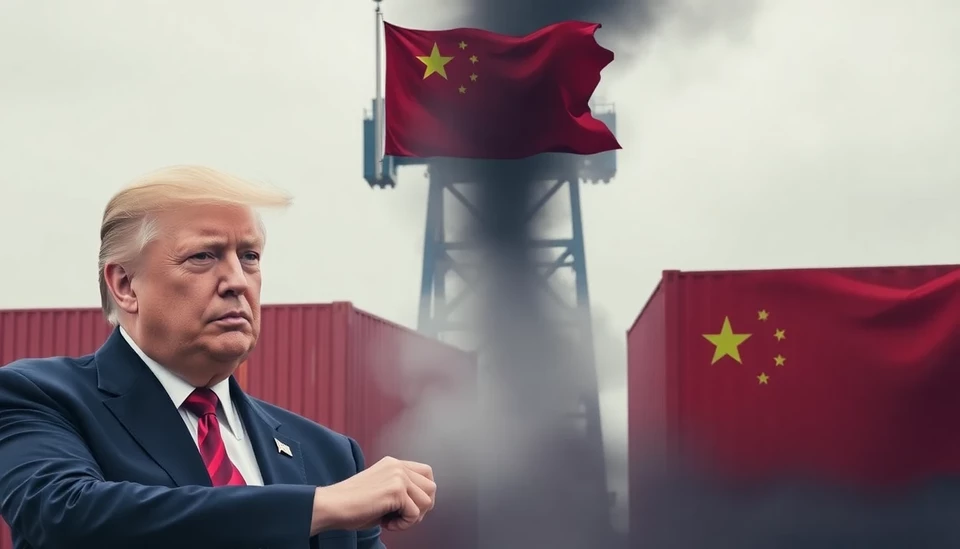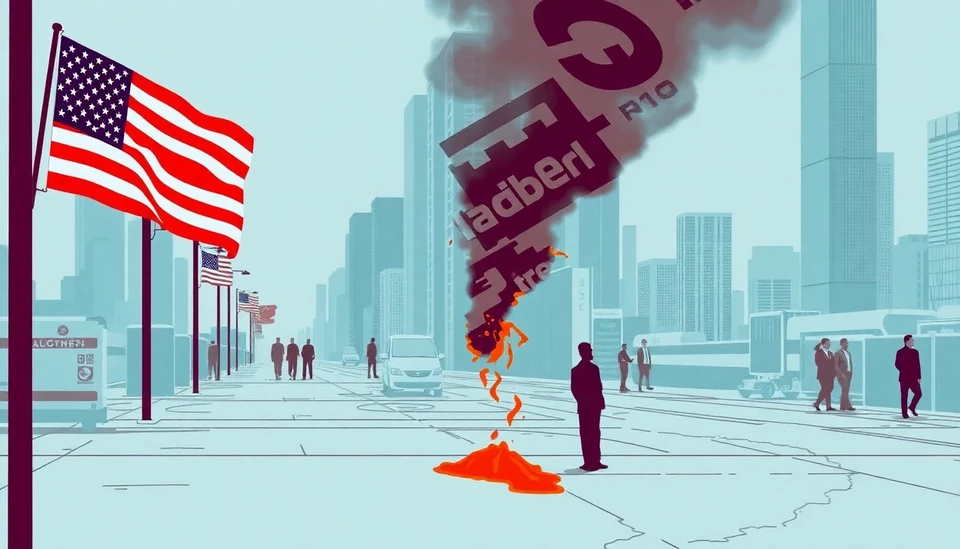
The ongoing trade dispute between the United States and China has reached a pivotal moment as President Donald Trump announced a significant increase in tariffs on Chinese imports. As of April 10, 2025, the tariffs have officially surged to at least 145%, marking a dramatic escalation in the long-standing trade war between the two largest economies in the world.
This new tariff hike comes on the heels of rising frustrations in Washington over China’s trade practices, which many officials allege include unfair subsidies and intellectual property theft. The administration has maintained that these tariffs are essential for leveling the playing field and protecting American jobs against what it perceives as predatory economic behavior from Beijing.
The latest tariff increase primarily affects steel, machinery, and electronic products, which are among the most significant categories of imports from China. Trade experts warn that these elevated tariffs could lead to sharp increases in consumer prices, as American businesses may have no choice but to pass on these costs to consumers in the form of higher retail prices.
In a press conference, President Trump defended the tariff increases, describing them as a necessary measure to counteract China's alleged trade abuses. “For too long, we have allowed our great companies to be taken advantage of by foreign competitors. This is a new era of trade, and we will do whatever it takes to protect our economy and our workers,” he stated emphatically.
Conversely, Chinese officials have expressed deep concern over the tariff increases, warning that they could lead to a further deterioration of relations between the two nations. China’s trade ministry has condemned the move as a “grave violation of international trade rules” and vowed to take all necessary measures to protect its own economic interests.
The economic ramifications of the escalating tariffs are already being felt across various sectors. Industries that rely heavily on Chinese materials are bracing for disruptions and potential layoffs, which, in turn, could hinder economic growth in the U.S. Manufacturing in particular is facing challenges as supply chains that depend on Chinese imports begin to face delays and increased costs.
Additionally, stock markets experienced a volatile reaction to the tariff news, with major indices showing signs of uncertainty as investors weigh the potential long-term impacts of the sustained trade conflict. Analysts are advising caution, suggesting that prolonged trade wars can lead to reduced investment and overall economic stagnation.
The strategy employed by the Trump administration raises questions about the future of U.S.-China relations amidst a backdrop of broader geopolitical tensions. With both countries standing at an economic crossroads, observers will be closely monitoring how this latest escalation influences the overarching trade dynamics and whether diplomatic solutions are feasible in the near term.
As the situation evolves, it is clear that the trade war is only intensifying, and both the U.S. and China face critical decisions ahead regarding their economic policies and bilateral engagement.
#TradeWar #Tariffs #Trump #ChinaTrade #Economy #Manufacturing #GlobalTrade
Author: Daniel Foster




